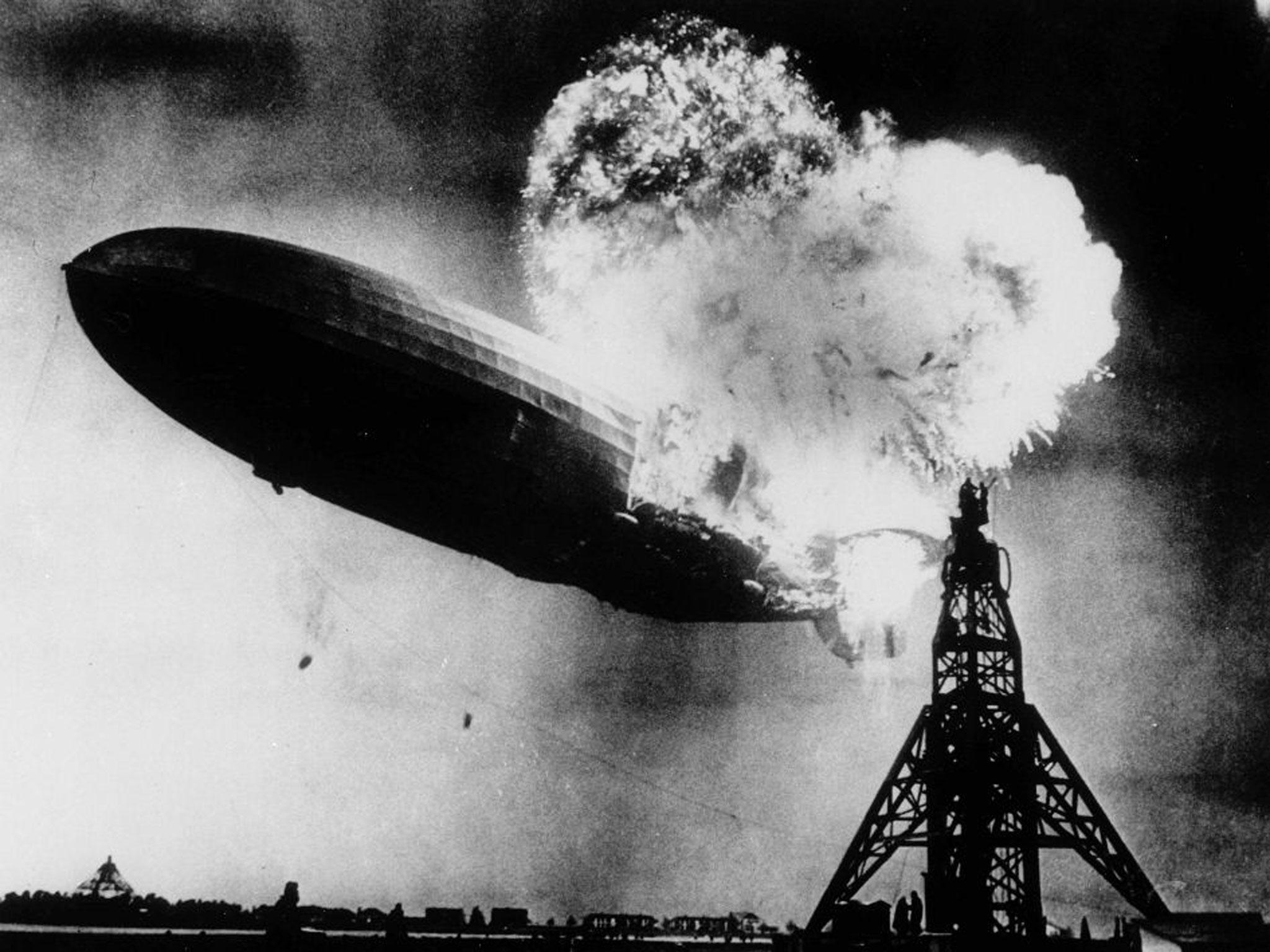Hindenburg disaster 80th anniversary: Last zeppelin survivor recalls 'suddenly the air was on fire'
Werner Doehner, 88, recalls famous airship explosion that killed 36 people, including his own father and sister

Your support helps us to tell the story
From reproductive rights to climate change to Big Tech, The Independent is on the ground when the story is developing. Whether it's investigating the financials of Elon Musk's pro-Trump PAC or producing our latest documentary, 'The A Word', which shines a light on the American women fighting for reproductive rights, we know how important it is to parse out the facts from the messaging.
At such a critical moment in US history, we need reporters on the ground. Your donation allows us to keep sending journalists to speak to both sides of the story.
The Independent is trusted by Americans across the entire political spectrum. And unlike many other quality news outlets, we choose not to lock Americans out of our reporting and analysis with paywalls. We believe quality journalism should be available to everyone, paid for by those who can afford it.
Your support makes all the difference.Wind and thunderstorms had delayed the Hindenburg’s arrival in New Jersey from Germany on 6 May 1937. The father of eight-year-old Werner Doehner headed to his cabin after using his movie camera to shoot some scenes of Lakehurst Naval Air Station from the airship’s dining room.
“We didn’t see him again,” recalled Doehner, now 88 and the only person left of the 62 passengers and crew who survived the fire that killed his father, sister and 34 other souls 80 years ago on Saturday.
Doehner and his parents, older brother and sister were returning from a vacation in Germany and planned to travel on the 804-foot-long Hindenburg to Lakehurst, then fly to Newark and board a train in nearby New York City to take them home to Mexico City, where Doehner’s father was a pharmaceutical executive.
The kids would have preferred the decks and public rooms of an ocean liner because space was tight on the airship, Doehner said in a rare telephone interview this week with The Associated Press from his home in Parachute, Colorado.
Their mother brought games to keep the children busy. They toured the control car and the catwalks inside the hydrogen-filled Hindenburg. They could see an ice field as they crossed the Atlantic Ocean, he remembered.
As the Hindenburg arrived at its destination, flames began to flicker on top of the ship.
Hydrogen, exposed to air, fuelled an inferno. The front section of the Hindenburg pitched up and the back section pitched down.
“Suddenly the air was on fire,” Doehner said.
“We were close to a window, and my mother took my brother and threw him out. She grabbed me and fell back and then threw me out,” he said.
“She tried to get my sister, but she was too heavy, and my mother decided to get out by the time the zeppelin was nearly on the ground.”
His mother had broken her hip.
“I remember lying on the ground, and my brother told me to get up and to get out of there.” Their mother joined them and asked a steward to get her daughter, whom he carried out of the burning wreckage.
A bus took the survivors to an infirmary, where, Doehner said, a nurse gave him a needle to burst his blisters.
From there, the family was taken to Point Pleasant Hospital. Doehner had burns to his face, both hands and down his right leg from the knee. His mother had burns to her face, both legs and both hands. His brother had several burns on his face and right hand.
His sister died early in the morning.
He would remain in the hospital for three months before going to a hospital in New York City in August for skin grafts. He was discharged in January, and the boy, a German speaker, had learned some English.
The family returned to Mexico City, where funerals were held for Doehner’s father and sister, who were among the 35 fatalities of the 97 passengers and crew aboard the airship. A worker on the ground also died.
The US Commerce Department determined the accident was caused by a leak of the hydrogen that kept the airship aloft. It mixed with air, causing a fire. “The theory that a brush discharge ignited such mixture appears most probable,” the department’s report said.
Eight decades later, Doehner is the only one left to remember what it was like on the Hindenburg that night. A ceremony commemorating the disaster will take place at the crash site on Saturday evening.
“Only two others who ever flew on the airship are alive,” said Carl Jablonski, president of the Navy Lakehurst Historical Society. “But they weren’t on the last flight.”
Interest in the disaster remains strong as ever, Jablonski said.
“The internet and social media has exposed and attracted the interest of a younger generation,” he said.
The Hindenburg, Doehner said, is “something you don’t forget”.
© Associated Press
Join our commenting forum
Join thought-provoking conversations, follow other Independent readers and see their replies
Comments